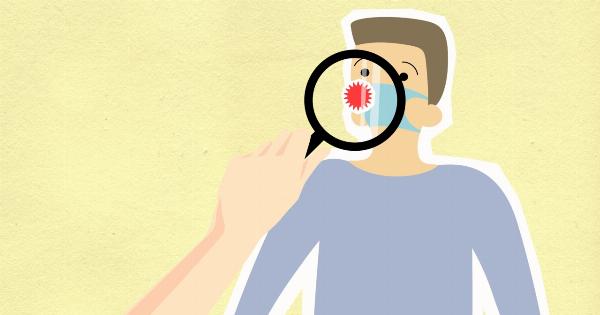Winter is a beautiful season with its chilly weather, snowfalls and festivities. However, it comes with its share of health risks, particularly stroke.
This serious health problem occurs when blood supply to the brain is disrupted, either due to a blocked or ruptured artery leading to the brain. Strokes can be fatal, but they are also preventable. The chances of having a stroke in the winter are higher due to several factors, including:.
1. Cold temperatures
Cold temperatures restrict blood vessels, making them narrower and reducing blood flow in the body. When blood vessels narrow, they raise blood pressure, predisposing one to stroke.
Additionally, the body’s normal response to cold is to increase blood pressure to preserve heat. However, when blood pressure increases, it stresses the blood vessels and the heart, increasing the chances of a stroke.
2. Lack of sunlight
During the winter months, there are shorter days and longer nights, leading to less sunlight exposure. Sunlight exposure helps the body produce vitamin D, which plays a role in regulating blood pressure.
Low levels of vitamin D have been linked to an increased risk of stroke, so a lack of sunlight can contribute to higher chances of stroke.
3. Changes in diet and physical activity
Winter is a time when many people tend to indulge in unhealthy foods and reduce their physical activity levels.
During the winter months, people tend to eat more high-calorie, high-fat, and high-sugar foods, which increase the risk of obesity, high blood pressure and diabetes- all of which increase the stroke risk. Also, winter months come with a lot of snow and ice, which can make it difficult for some individuals to maintain their physical activity levels, predisposing them to stroke.
4. Higher levels of stress
The winter months come with added stress, including financial pressure, holiday stress, and social isolation.
Stress affects the body by triggering the release of hormones such as adrenaline and cortisol, which cause blood vessels to narrow and affect blood pressure. If stress levels remain high for an extended period, they can lead to hypertension, increasing the chances of a stroke.
5. Respiratory infections
Winter months are notorious for respiratory infections such as the flu, pneumonia, and colds. Studies have shown that patients with respiratory infections have a higher risk of stroke, with the risk increasing with the severity of the infection.
Infections cause inflammation in the body, leading to blood clots which can lead to strokes.
Conclusion
Although stroke is a life-threatening disease, it is preventable. By taking steps to avoid the factors that increase stroke risk during the winter months, people can reduce their chances of suffering from a stroke.
Staying warm and avoiding exposure to cold, eating a healthy diet, getting enough sunlight, managing stress and maintaining physical activity levels, and seeking prompt medical attention for respiratory infections can help avoid strokes, even in the winter.





























